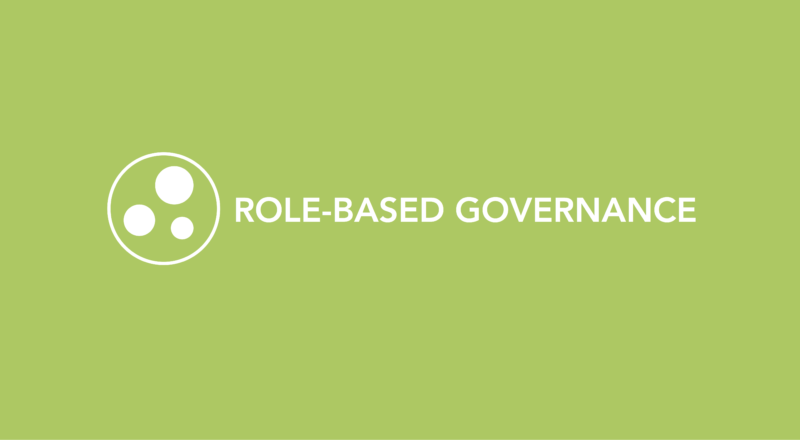
Role-based Governance
Role-based Governance is a complete self-management system. It helps organisations to be flexible, reactive and focused on their purpose by emphasising...
Contact
Clarity Upgrades Cvba
Camille Huysmanslaan 84
2020 Antwerpen
We offer agile management techniques based on tested methods (Role-Based Governance, Spotify Model, Modern Agile, Scrum, Spiral Dynamics etc.) to optimise your company and make it develop rapidly.
Are you a company or HR director?
How can you reduce psycho-social risks? How can you substitute well-being at work for stress and burn-out at work? Do you want regular feedback on your employees’ commitment? Are you looking for a way to adapt your HR policy on the basis of reliable data? Do you want to increase your employees’ autonomy?
We can examine these questions together in greater detail using our structured approach to bring clarity to your organisation (Deepscan). After a short period (of 6 to 8 weeks), we shall deliver a report based on the measures taken followed by a proposal to upgrade your organisation.
We could just propose reorganising your management and the internal influences following the concept of a liberated company. However, our approach goes deeper than that. We base our work on agile methods, with precise, structured concepts that have been tested over a period of more than 10 years in SMEs and multinationals.
Clarity offers agile and effective management techniques to optimise and develop your company rapidly: autonomy, creativity, initiatives and co-creation; discover how to increase spontaneous motivation and the potential of your teams.
This change has 3 phases:
OBJECTIVE: To make sure that the planned changes are in line with the roots of the organisation.
DELIVERABLES: Complete report (metrics); impact matrix, orientation of change and relevant agile change method: Role-based Governance, Scrum, Lean, Sociocracy, etc.
YOU DO IT (Autonomy & Coaching)
Once phase 1 of the process is finished and the impact of the desired change has been analysed, we draw up and provide an implementation plan according to the chosen method. After agreeing the implementation plan, our teams take charge of its actual implementation.
OR WE DEAL WITH IT (Consultancy & PM)
We can also draw up and provide an implementation plan according to the chosen method. After agreeing the implementation plan, our teams take charge of its actual implementation.
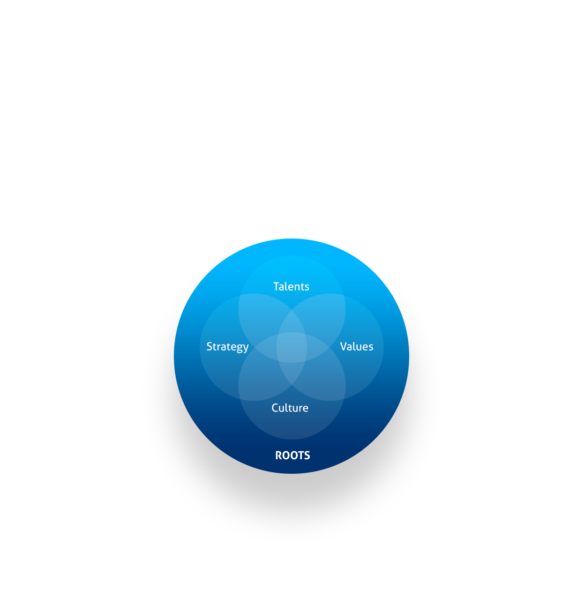
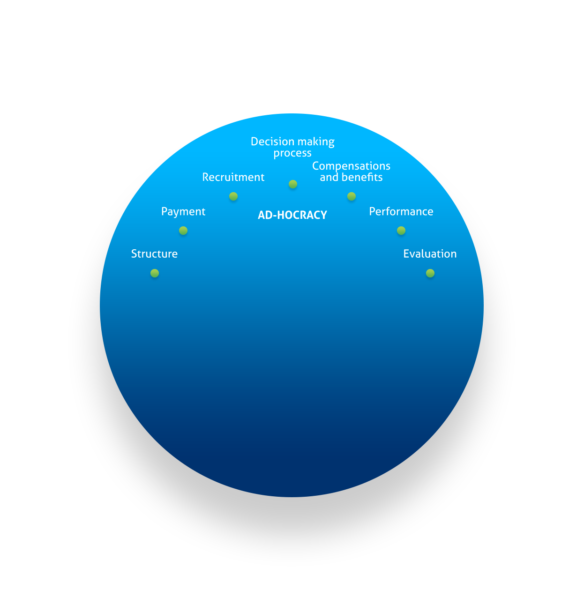
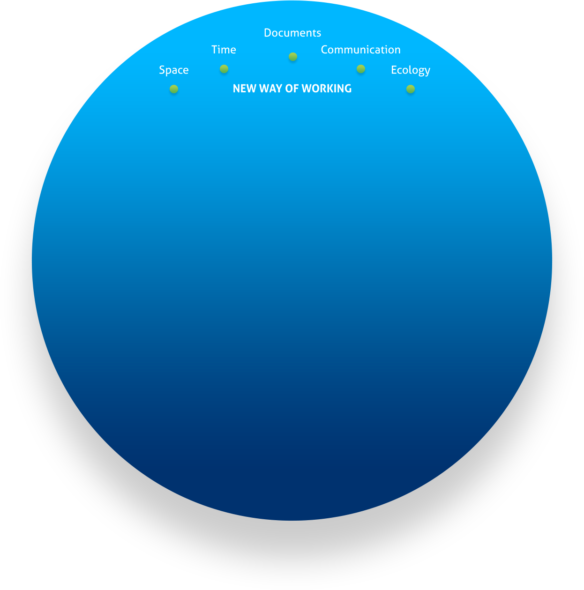
In Belgium, 12% of staff is committed, 66% of staff is not committed and 22% of staff is actively not committed*.
Hierarchical-style business management has reached its limits. Generation Y or not, management models have to evolve.
People are taken on according to their basic skills and subsequently limit themselves to them almost exclusively.
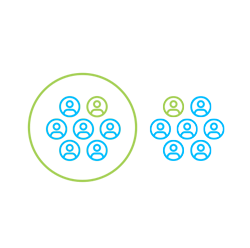
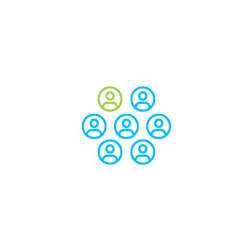


…with the iterative method, whereby each idea represents:
The structure is living, open to changes and development, and is constantly being adjusted.


Consideration:
Personal development:
Co-creation :
*Source : State of the global workplace, Gallup, Inc, 2013

Role-based Governance is a complete self-management system. It helps organisations to be flexible, reactive and focused on their purpose by emphasising...
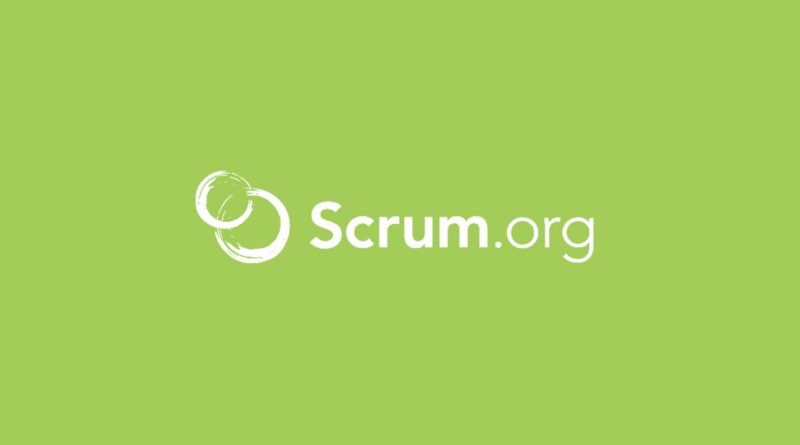
Scrum is an agile approach that originally came out of the IT industry, but today applies to many other sectors. This method provides a clear process...

The main advantage of managing a large-scale project with the Spotify model is to obtain agile teams in strong solidarity with each other.
...
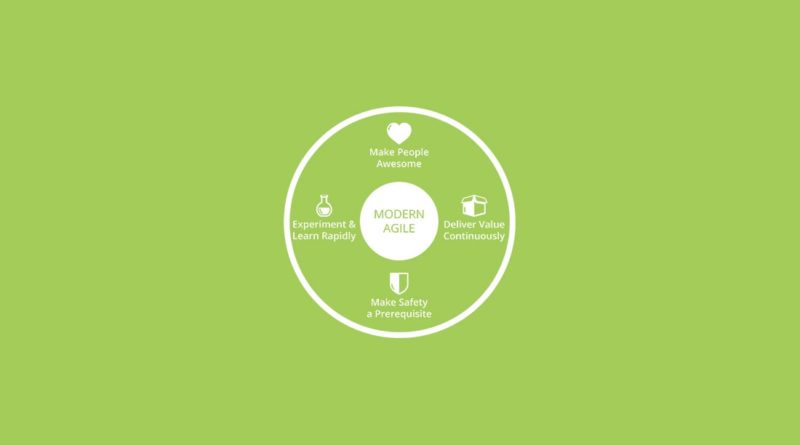
The Modern Agile approach aims to extract the principles of the agile and lean movement, using them to create agile organisations and steer their...

During the process of development of an individual, an organisation or a society, new world models emerge, adding to the old ones in an endless evolutionary...
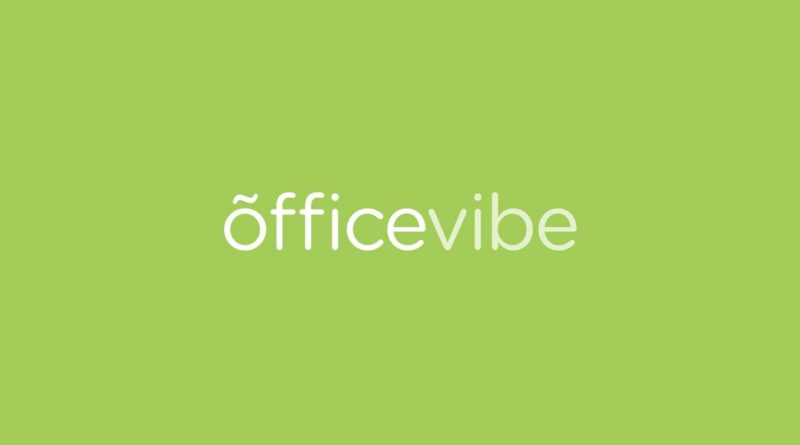
Officevibe is a tool to measure employees’ degree of commitment in real time. According to Officevibe, employee commitment means an employee’s...
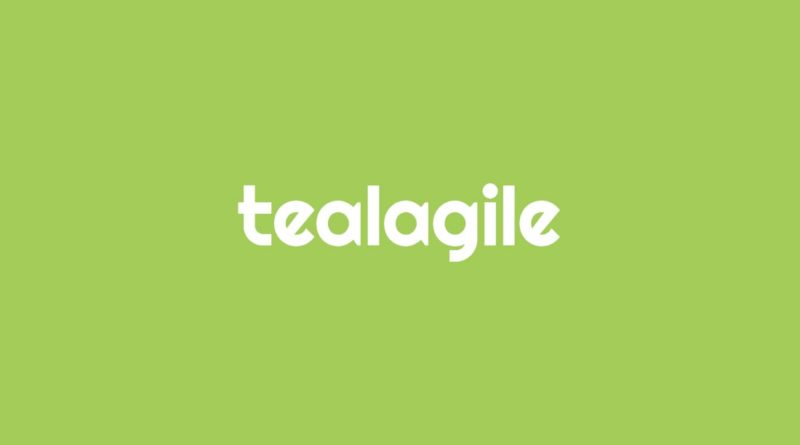
This is a system of shared governance. Created from the level of human consciousness judged to be the most “evolved” to date, it considers the...